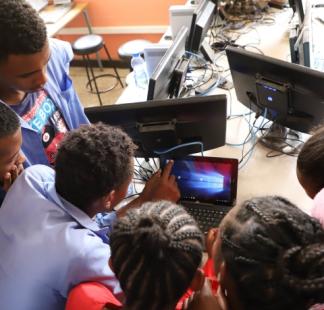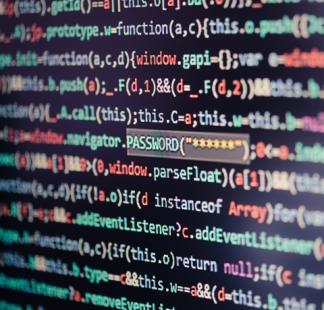- Roxana WIDMER-ILIESCU
Introductory
Event Organizer(s)

Description
Every day we see how Information and Communication Technologies (ICTs) impact our lives and participation in society by the way we work, learn, purchase our goods, listen to the news, or communicate with one another. Access to information is a fundamental human right. Our world is digital, and most of the information we receive is through digital platforms, such as websites. For this reason, web accessibility has never been as crucial as it is today. The accessibility of websites is key to ensure equal and equitable access for all people to ICTs and their related products and services. Furthermore, is an essential requirement to reduce and eliminate the digital divide. However, 9 out of 10 Internet sites are not digitally accessible. This impacts the access, understanding and use of the information delivered through digital platforms for many people, such as persons with disabilities, older persons, or low literacy persons, who cannot benefit from it and thus, are prevented from being part of the digital society and economy. The COVID-19 pandemic revealed the importance of ensuring that every person, regardless of age, gender, or ability to use technology, should benefit from information made available through websites and other digital platforms, which in case of pandemic or emergency situations can be vital.
This training course is designed for all stakeholders (including ITU members, ICT service providers, policymakers, web designers and developers) or individuals who wish to enhance their knowledge on the topic of Web Accessibility. To ensure inclusive learning, this online self-paced training course has been designed and developed in digitally accessible formats and is, therefore, accessible to all people, including persons with disabilities, such as blind persons or persons with visual disabilities, deaf persons and/or persons with hearing impairments.
No prior knowledge or qualification on the subject matter is required to complete this training course.
Upon completion of this course, learners will:
- Gain an understanding of the difference between access/connectivity and accessibility.
- Gain knowledge on how to achieve web accessibility and identify barriers to its implementation.
- Gain a strong understanding of the definitions of web accessibility, ICT accessibility and equitable use of technology.
- Gain knowledge on the roles and responsibilities of the key players, and on the fundamental elements to be considered when creating a successful and effective web accessibility policy.
This course is delivered through a player which supports several accessibility features. All text is read out by a state-of-the-art text to speech engine. Volume can be adjusted, and closed captions are available. The course player works with JAWS 16 and later, NVDA, as well as Voiceover and Talkback screen readers in a range of browsers.
Each module contains its quiz, presented at the end of each topic. The learner must answer all questions correctly to complete each module. The learner may attempt each question as many times as they wish. After completing each module, the learner must take the final quiz to receive the badge of course completion from the ITU Academy. It is necessary to obtain a score of 70% or higher in each module to receive an ITU Academy badge for the course. Please note that quizzes within the course do not contain their audio or captions.
The course provides holistic knowledge on the topic of Web Accessibility in the following three (3) modules:
Module 1: Executive tools
This module provides the learner with the fundamental concepts necessary to recognize the accessibility of digital information as a human right and with an understanding of what is meant by web accessibility. This module highlights the importance of creating and implementing policies that ensure Web Accessibility and thus, foster digital inclusion for all people, including those with disabilities. In addition, this module highlights the main issues and players involved to create successful and effective web accessibility policies.
Module 2: Essentials of implementing a web accessibility policy
This module introduces the concept of digitally accessible content, the features of accessible websites, and the relevant global accessibility standards. This module aims to assist personnel in overseeing the implementation of web accessibility policies across all public websites, even if you are not a website developer. Furthermore, this module covers the technical knowledge of identifying and validating a websites’ accessibility features.
Module 3: Technical skills for designing and developing accessible websites
This final module will present learners with the importance of designing user-friendly websites. This module explores the importance of accessible ICTs with accessibility features embedded during the design and implementation stages. In addition, examples will be provided to highlight accessibility features in sharing information. Lastly, this module covers general concepts on how to create an accessible website that incorporates the principles of universal design and enables a wide range of users, including those with disabilities among others, to interact with the technology in ways that work best for each user











